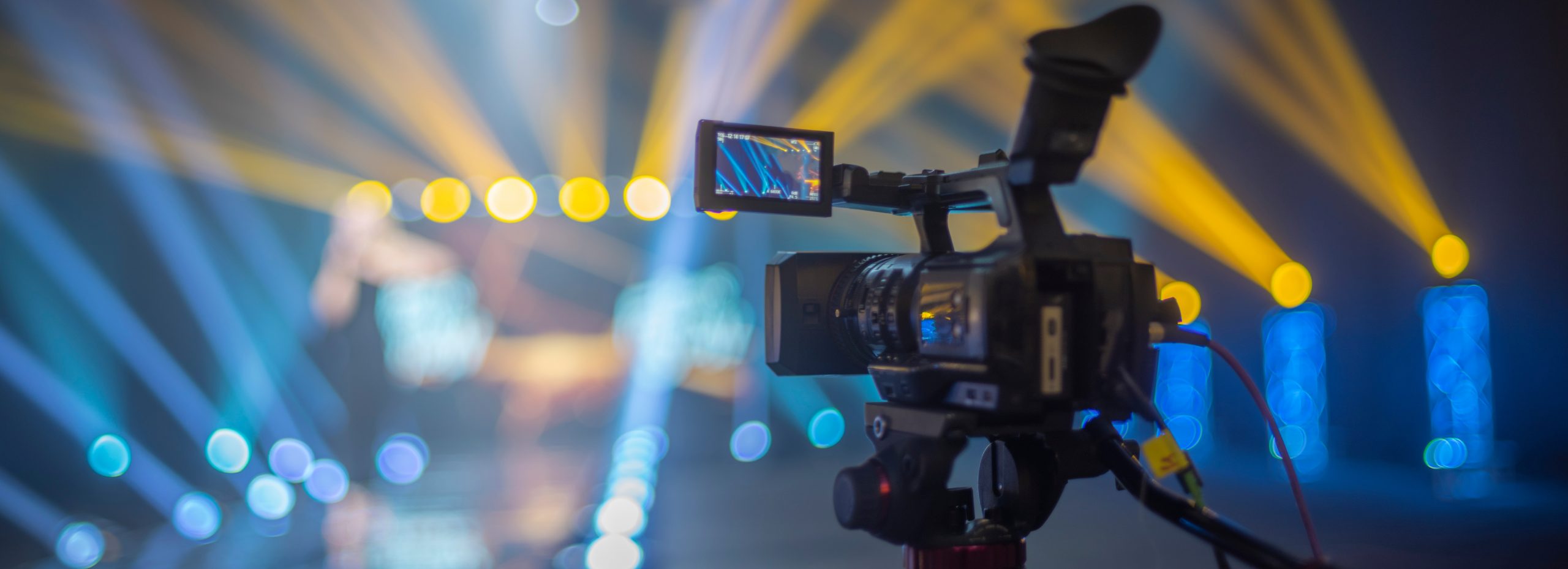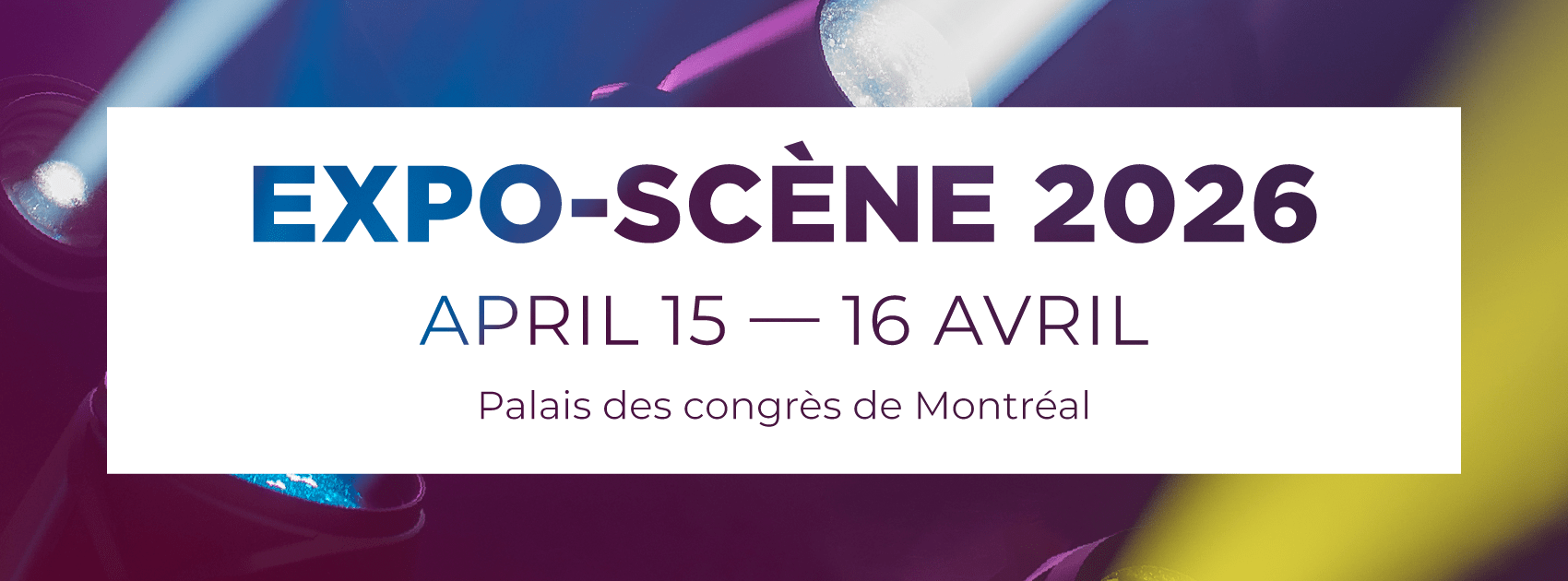
Lighting designers work in a variety of lighting disciplines including theatrical, architectural, video/broadcast, and concert lighting, for example. For the church lighting designer, life is sometimes complicated because a worship service often requires knowledge and use of multiple lighting design disciplines.
Note that the concepts presented here are not hard and fast rules, especially in a church setting where you’re trying to accommodate multiple functions and serve several groups of people at the same time. Rather, they are guidelines that will hopefully help to improve the quality of what you’re doing.
Eye vs. camera
The fundamental ‘rule’ in lighting for video is that you want to view everything from the camera’s perspective. This applies to angle, color, intensity, and all other elements that comprise a lighting design. What makes this difficult is that a video camera sees the world very differently than the human eye. In a church setting you need to serve both.
For one thing, the human eye has a far greater contrast range than a video camera. A live audience can distinguish the difference between brightly lit areas (of a scene) and dark areas, while still resolving many of the details in both areas. A video camera, when presented with a scene with a wide range of illumination levels, will either render the darker areas as black mud or the brighter areas as white smear depending on the camera settings. Part of the reason for this is that the eye continually adjusts for changes in our lighting environment, while a video camera must be either preset (for items like color temperature) or manually adjusted (for items like iris).
Shadows
Where there is light, there will be shadows. To create good lighting, one of the keys is to pay attention to where you are placing the shadows. In theatrical lighting, shadows are often used to heighten the dramatic impact of a scene. Moody, dark environments where many of the sets and performers are hidden in the shadows can be very effective to a theatrical audience.
In video lighting the trick is often to pay attention to where you DON’T want shadows to appear. One of the most common mistakes made in lighting for video is using a front light angle that is too steep, creating shadows below the eyes that make the person being lit look like a raccoon.
Contrast
Video cameras, in general, have difficulty coping with high contrast levels. This is true of different types of contrasts including brightness contrasts and color contrasts. Interestingly, in the days of black and white TV, costumes with wildly different colors were used because cameras had so little ability to resolve contrast that it was the only way to get any delineation between shades of gray.
One of the easiest ways to obtain a better image on camera is to reduce the amount of contrast within the lighting design. This does not necessarily mean that the lighting has to look boring! For instance, if you are doing Image Magnification (IMAG) and you are using a head shot on the screen, the only area in which your lighting design needs to have really low contrast is the area where the subject is standing. If you want portions of an image to ‘disappear’ into the background in order to draw attention to a particular area, you can either reduce the light level in those background areas or light them in colors that will create a lot of contrast with the subject area.
Also remember that low contrast does not necessarily mean ‘no color.’ You can get good images using colored light so long as there is not a lot of color contrast within the imaging area. Keeping these concepts in mind as you develop your lighting design can help you decide how to keep the lighting looking interesting for the congregation in the room as well as being able to capture good images on camera.
Angles
The commonly accepted range of angles for frontlight illumination in theatrical lighting is 45-60 degrees. For video lighting it is in the 20-30 degree range. In a church setting, often your key light will be coming from the front position. The key light is typically the brightest part of your light plot and it determines the apparent directionality of the light on the platform.
Fill light is light that you use to ‘fill’ in areas that are too dark or have too much contrast. These lights can be mounted to the front, side, or rear of the subject at a variety of heights and angles. Backlight, in particular, is commonly mounted at steeper angles (45-60 degrees) in order to avoid light that spills directly into the camera or into the faces of the front rows of the congregation.
Illumination (brightness)
If you are going to include shots of the congregation in your video program, then the congregation needs to be lit so that the platform is not significantly brighter. If the congregational area is lit at 30 fc (a generally accepted minimum for reading), then the platform area can be lit at 50-60fc. This allows it to be clearly delineated, but not too much brighter than the rest of the room. For television broadcast the platform may need to be lit brighter (70-100fc), with a corresponding rise in architectural lighting levels.
Color Temperature
Color temperature is a reference scale, expressed in degrees Kelvin (K), which describes the general spectral qualities of a particular light emitter. For instance, traditional incandescent light bulbs typically ‘burn’ at 3,200 degrees Kelvin (3200K). As the color temperature is raised, the emitted light exhibits more blue wavelengths. As the color temperature is lowered, the light appears more orange. Light at a lower color temperature (more orange) is considered ‘warm’ light while light at a higher color temperature (more blue) is considered ‘cool.’ This is based strictly on our visual perception of the light.
Tools
Theatrical lighting typically relies heavily on instruments that produce focusable, ‘hard-edged’ beams. This gives a great amount of control over the area being lit and provides a large contrast where the light beams cut off. In lighting for video you are trying to avoid areas of high contrast and will tend to want instruments that produce less defined, soft-edged beams. You definitely still want to control what areas are lit and what are not, but do not want the camera to see a bunch of stripes where hard-edged beams of light cut off. This means that a platform wash for video lighting is more easily achieved with fixtures like fresnels or par cans than with ellipsoidals. If you need to use ellipsoidals, or you want a more defined area of light than can be obtained with a fresnel, try pushing it out of focus to soften the edges on the beam.
Some other helpful tools include a light meter, a color meter, video test scope(s), and a test monitor. A light meter takes a measurement of the amount of light impacting the meter’s sensor and gives a readout of the intensity, usually in footcandles (fc). This is a helpful way to discover how even the light levels are across a given area. If the meter shows significant hot spots or dark spots, you can readjust your light plot or your intensity levels to even out the readings. For a quick indication of how even the light levels are, you can also hold up your hand and walk slowly across the area. With a little practice, you will be able to see significant changes in light level as your hand goes through those areas.
A color meter measures the spectral properties of the light and gives a readout as to the color temperature. It is useful for figuring out what color temperature filter setting to use on the video camera.
Video test scopes, such as waveform/vectorscopes, can be used to obtain the same types of information. Rather than analyzing the light from within the lit area, these tools analyze the properties of the video image and generate information about color and intensity within the picture area as seen by the camera.
A test monitor is a video display that is calibrated, usually to one of the sets of standards from the Society of Motion Picture and Television Engineers (SMPTE). Since it is calibrated, the engineer can use it to make decisions about color and brightness based on a visual perception of how the picture looks. Typically, if an image looks good on the monitor it doesn’t matter what the light meter says about your light plot.
These basic concepts are a good starting point in learning how to light for video. There are some excellent materials out on the market in the form of books and videos that contain more detailed information and examples. Whenever possible, spend some time experimenting with different concepts outside of rehearsals and services so that you become familiar with what is going to happen visually when you make different lighting decisions. With practice, you will be able to enhance the worship environment and allow for better images on screen.




